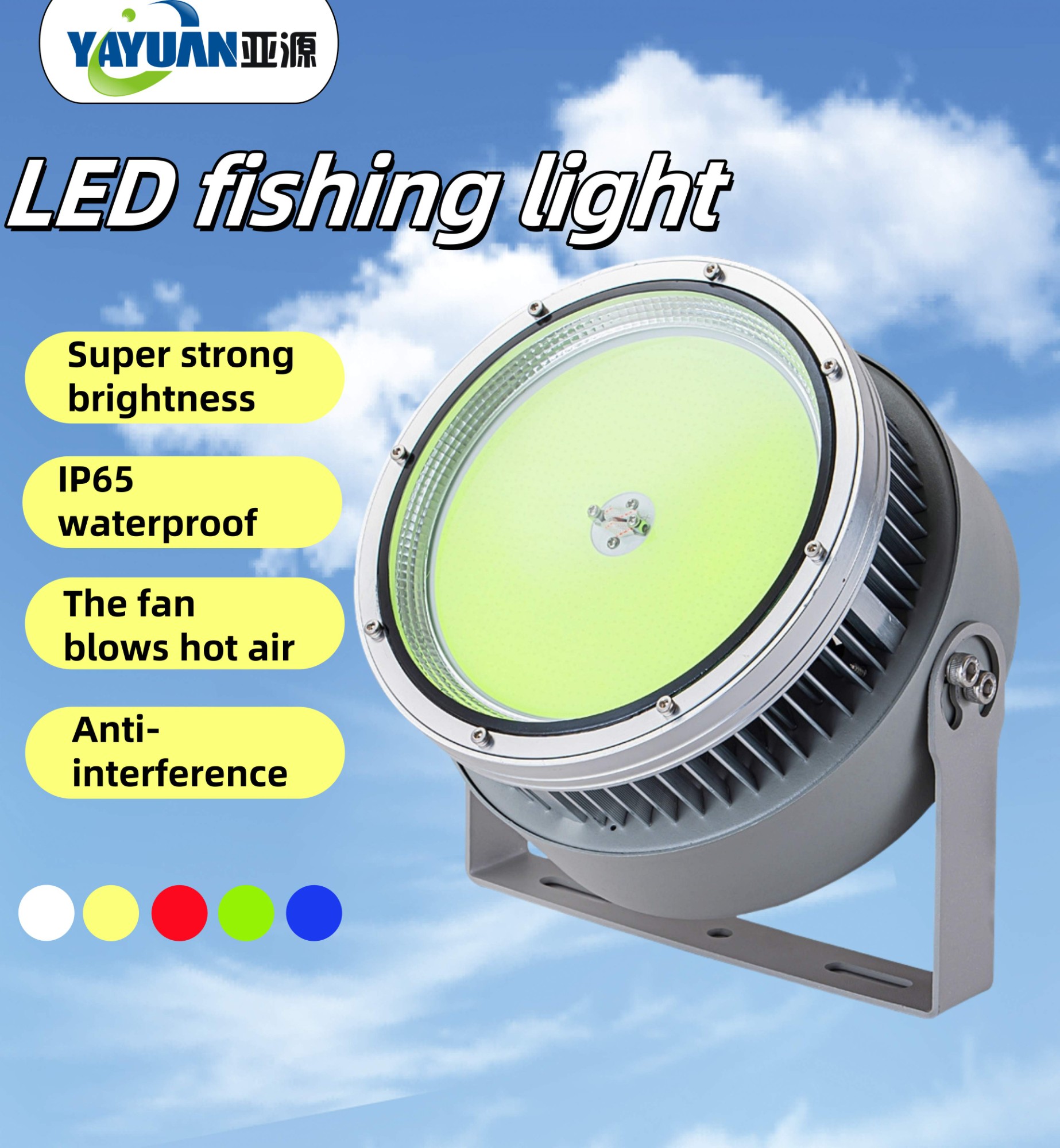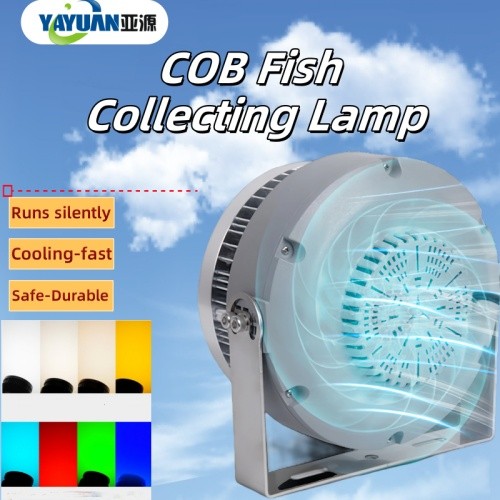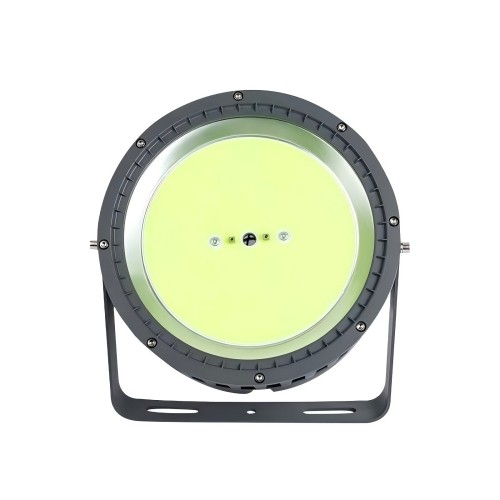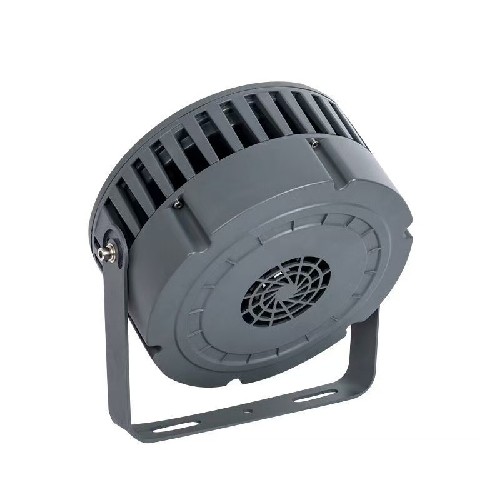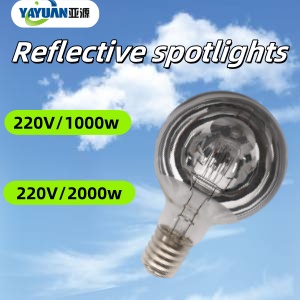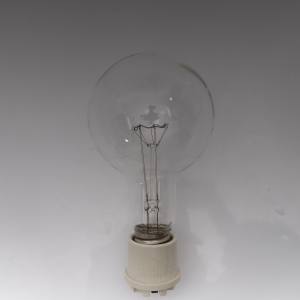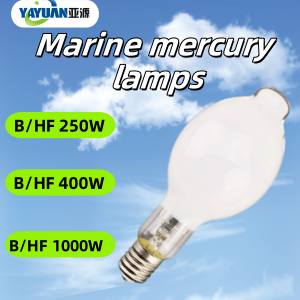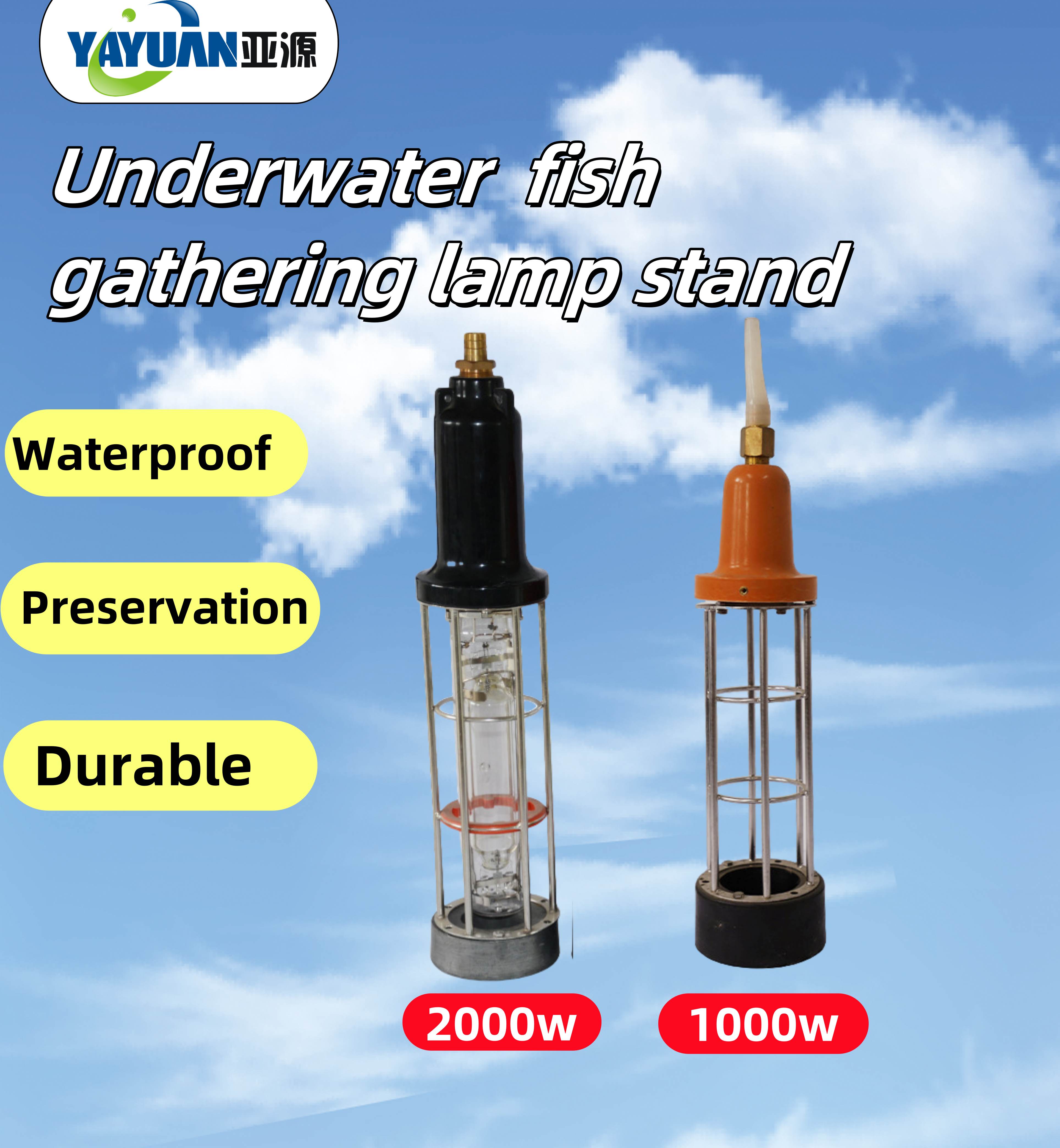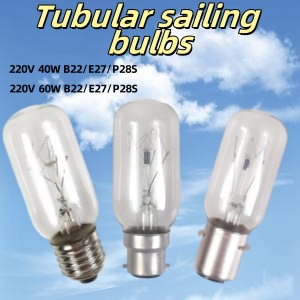Description
I. Energy-saving and efficient, reducing costs
- The luminous efficiency of LED fishing lights is much higher than that of traditional halogen and incandescent lamps. Under the same brightness, their power consumption is only 1/3 to 1/5 of that of traditional lamps. For instance, a 100W LED fishing light can achieve the same lighting effect as a 200W halogen lamp, significantly reducing fuel consumption or battery wear for fishing vessels over long-term use.
- The average lifespan of LED lamps can exceed 50,000 hours (compared to 1,000 to 5,000 hours for traditional lamps), reducing the labor and material costs associated with frequent lamp replacements, making them particularly suitable for long-term operations such as deep-sea fishing.
II. Superior light effect, better fishing results
- LED lamps can adjust the spectral wavelengths through technology to simulate light sources that are attractive to fish (for example, blue and green light are more attractive to deep-sea fish, while yellow light is more effective for shallow-sea fish), precisely attracting the target fish species and reducing the catch of non-target fish, thereby improving the quality of the catch.
- The light angle and brightness of LED lamps can be flexibly designed to cover a larger area of water, with uniform light distribution, avoiding the problem of fish escaping due to insufficient local brightness with traditional lamps.
- Traditional lamps (such as high-pressure sodium lamps) require preheating to reach full brightness, while LED lamps can achieve full brightness instantly, facilitating the rapid attraction of fish in emergency situations for fishing vessels.
III. Stable performance, adaptable to complex environments
- Strong impact resistance and water resistance: LED lamps have a compact structure without fragile components like glass shells, capable of withstanding vibrations and wave impacts during fishing vessel operations. Additionally, their housings are often designed with waterproof sealing, allowing them to operate stably in humid and salt spray marine environments.
- Wide temperature range: The operating temperature range of LED lamps is typically -20°C to +60°C, making them less prone to light decay or damage in both tropical and cold sea areas.
- Resistance to electromagnetic interference: Traditional lamps may flicker or go out due to the influence of electromagnetic equipment on fishing vessels, while the circuit design of LED lamps is more resistant to interference, ensuring higher operational stability.
IV. Environmentally friendly and safe, in line with industry trends
- Free of harmful substances: LED lamps do not contain heavy metals such as mercury and lead, and do not pollute the marine environment when discarded, meeting the current environmental protection requirements for green fishery development (traditional fluorescent lamps contain mercury and can pollute water bodies when broken).
- Low heat emission: LED lamps convert electrical energy to light energy with high efficiency and generate less heat, reducing the risk of fire caused by overheating of the lamps and avoiding the repulsion of fish due to high temperatures (traditional lamps generate more heat and may drive fish away).
-
Less light pollution: The light from LED lamps is highly directional and can be controlled within a specific range through lenses, minimizing light interference to the surrounding marine ecosystem and other fishing vessels, and
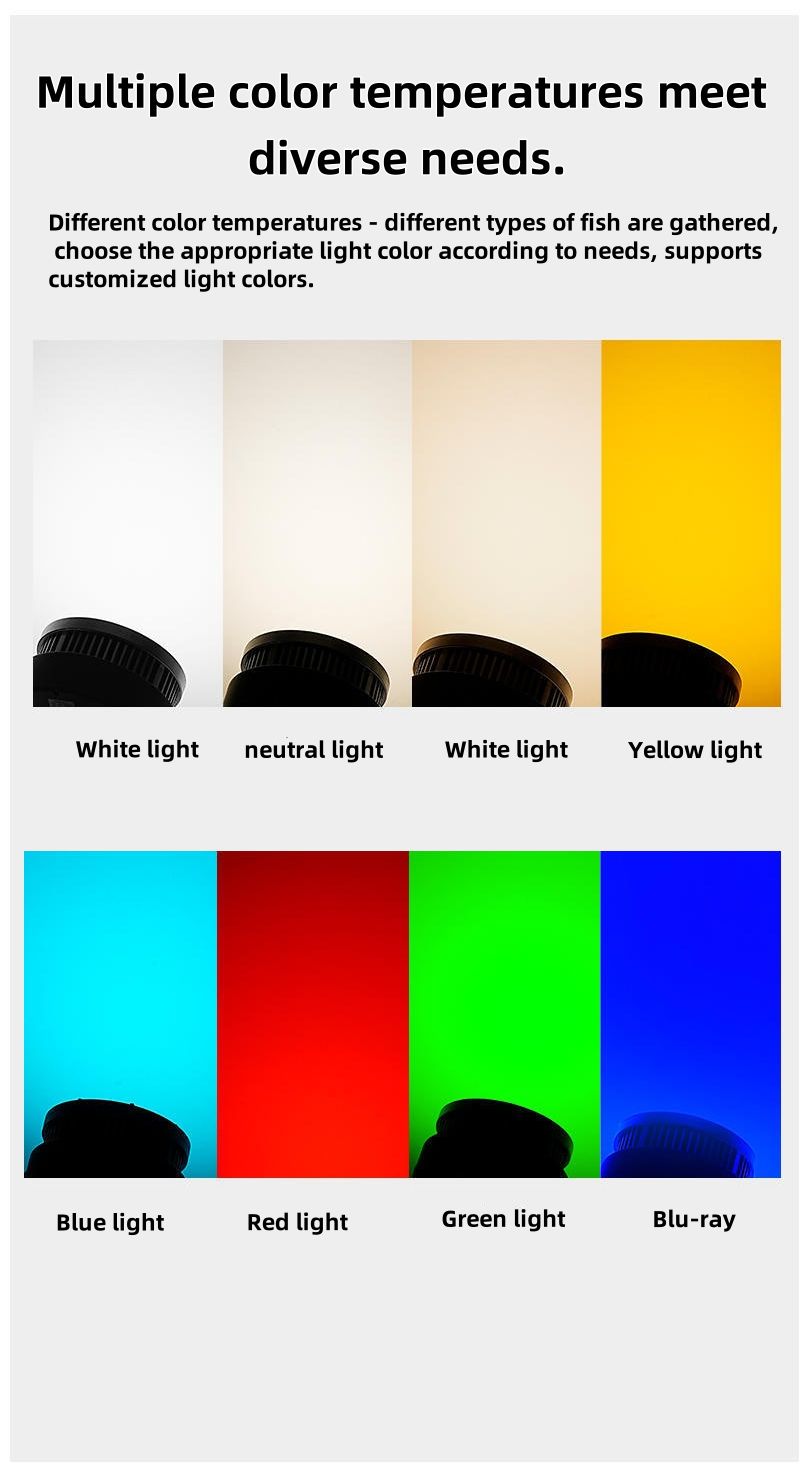 better aligning with the standards of ecological fishery.
better aligning with the standards of ecological fishery.
